A Visit to the Cathedral of the Holy Trinity at Gibraltar In August of 2001 I visited Gibraltar and managed to spend some time at both King's Chapel and the Cathedral of the Holy Trinity. The official title of the cathedral is "The Cathedral for the Church of England Diocese of Gibraltar in Europe." This magnificent structure displays the prominent influence of Moorish revival architecture, exhibiting "horseshoe arches," splendid decorative elements and very beautiful columns. Originally, King's Chapel was set aside primarily for use by the military, so it was thought prudent to erect a new house of worship for the civilian sector of the local population. Work began on the cathedral in 1825, reaching completion in 1832, with the building consecrated in 1838 and assigned cathedral status in 1842. The building sustained significant damage in April 1951 when the RFA Bedenham accidentally exploded in Gibraltar harbor. The RFA Bedenham was a Naval armament carrier which was offloading depth charges to a smaller craft when one of the depth charges ignited, causing a fire which spread and caused a violent explosion. Both King's Chapel and the Cathedral have been restored and are today in an excellent state of preservation.
0 Comments
A Visit to King's Chapel at Gibraltar, August 2001 I spent 30 to 45 minutes in the splendor of King's Chapel, admiring the spectacular architecture and observing all of the marvelously decorative elements in this very beautiful place of worship. One can almost feel the pulse of history which courses through these glorious surroundings, as if in one moment one may envision the many years of service provided in this remarkable space. As the building was badly damaged during the Great Siege of Gibraltar from 1779 to 1783, it is a wonder that these walls and ceilings have not only survived but also been the dedicated object of considerable renewal, preservation and restoration. During my visit here I was not disturbed by anyone and spent the entire time in quiet repose and methodical thought, glad of my opportunity to see this Chapel in person and to glean its importance in the history of Gibraltar, its people and its cultural surroundings.
A Visit to King's Chapel at Gibraltar, August 2001 In my last post I mentioned visiting King's Chapel and the Cathedral of the Holy Trinity at Gibraltar in August of 2001. Here is another journal entry dated Friday, 31 August, written while I was living and working in Algeciras, Spain with an international team. "The windows and ceilings were bathed in light at the Chapel and the Cathedral. Both had interestingly designed pipe organs. I prayed at the Chapel. At both Churches I was the only one there. Time for reflection and encouragement!"
History of King's Chapel The Chapel adjoins the Governor of Gibraltar's residence, The Convent. Originally the building was part of a Franciscan friary, with the Chapel built in the 1530's. The Chapel was given to the Church of England by the British after the capture of Gibraltar in 1704. Military memorials and heraldic flags adorn the interior, with many memorials dedicated to members of the British Armed Forces. There are also tombs and memorials to past governors and their wives. The building was badly damaged during the Great Siege of Gibraltar (1779-83), and also damaged more recently in April, 1951 by an accidental explosion of a ship in Gibraltar harbor. Extensive restoration has been made with new stained glass windows installed in 1952 and repairs to the remarkably decorative ceilings and walls. The Chapel is used by the Army, Royal Navy, and Royal Air Force and is open to the public for services and visitation. A Fascinating Connection with Lord Cardigan In his 1953 book entitled "The Reason Why," author Cecil Woodham-Smith relates an interesting bit of history regarding Lord Cardigan, Major-General James Thomas Brudenell (1797-1868), 7th Earl of Cardigan, KCB. This officer led the Charge of the Light Brigade at the Battle of Balaclava in October of 1854, during the Crimean War. Lord Cardigan commanded the Light Cavalry Brigade, under the direction of Commander-in-Chief General Lord Raglan and Cavalry Commander Lt-General Lord Lucan. Woodham-Smith writes that Lord Cardigan's second marriage took place at the Chapel when he married Miss Adeline de Horsey, relating that "...in the course of a cruise in Lord Cardigan's magnificent yacht the marriage took place in September, 1858, at the Military Chapel, Gibraltar; Mr. de Burgh was a witness." Further historical information on Lord Cardigan and the Light Brigade can be obtained through consulting Mark Adkin's book entitled "The Charge: The Real Reason Why the Light Brigade Was Lost" published in 1996, and Terry Brighton's book entitled "Hell Riders: The Truth about the Charge of the Light Brigade" published in 2004, containing many first-person accounts. Journal Entry: Friday, 31 August, 2001 Algeciras, Spain "We went yesterday to Gibraltar on an Operation Transit sponsored tour (Mediterranean Crossing). It was picturesque, with vivid surveys of the spectacular vistas from the high promontories of the Rock. I enjoyed my companions, Debbie, Christy, Carol, Amy and Leslie. Our friends from Costa Rica (Carlos, Junio and Karla) couldn't go because they had forgotten their passports. I like the military flavor of Gibraltar. One of the rock monkeys climbed up on me and sat on my head! I had a most peaceful opportunity to visit King's Chapel and Holy Trinity Cathedral. Such divine architecture and heavenly light!"
Exploring the Atmosphere at Gibraltar There are spacious open-air markets and restaurants as you first enter into the commercial district. The original military barracks have been converted into retail space, galleries, gift shops and museums. One can watch glass being blown into thousands of shapes at a glass-works factory just off the main market square. The streets lead into narrow alleyways which still afford occasional glimpses of the sea which lies beyond the densely populated areas. I asked our tour guide, Charlie, what the current population might be (in 2001). He thought about 30,000. The landing strip at the airport is fairly short and tourists must walk across the runway in order to visit the commercial district. The British officials at the entrance gate are very efficient and courteous at processing and checking passports and handling typical tourist questions. Breathtaking Sights and a Vivid Sense of History Altogether I enjoyed immensely my time spent here, seeking some out-of-the-way places and gaining an appreciation for the culture of this fascinating place. You can spend hours or even days exploring the many faceted features and pleasures of Gibraltar, gaining special insights from the local population and from those who work here. It is upon the heights that I most fondly remember the views which can take one's breath away. As you look out upon the vast blue waters along the far horizon, it is easy to imagine the historical significance of this geological location on the world's map. It is the Rock which, after all these many Centuries, still stands! Processing Motion Picture Film at Vandenberg AFB in 1971-72 While stationed at Vandenberg in the early 1970's, I had an opportunity to work on the technical aspects behind the making of motion pictures for the U.S. Air Force. The four major areas of training involved Processing, Printing, Timing & Assembly, and Quality Control. Our initial training took place at Lowry AFB just outside Denver, Colorado. My assignment to Vandenberg introduced me to the beautiful weather and lovely countryside of California. Moving from the snow, ice and bitter cold of Colorado in December 1970 to the radiant sunshine and balmy, warm temperatures of Southern California in January 1971 came as quite a welcome surprise in the Winter of that year. Instead of weathering gray overcast days while confined indoors, I found flowers in full bloom and the intoxicating aroma of freshly mowed grass greeting my senses as I arrived on base.
The Processing Lab The large Houston-Fearless ME-4 processing machines cast an impressive sight at first glance and required a great deal of technical know-how in their maintenance and operation. The dark end allowed only a barely perceptible glow of low grade red light, so one had to adjust between the brightness of the light end of the machine and the relative dimness of the dark. I often had the task to clean the machines and learned how to make their stainless steel exteriors gleam with a bit of hand polishing along their long and intricate architectural edges. The Photo The photographer wanted an action shot of an Airman working at the light end getting ready to cut the film at the appropriate moment, a series of steps to assure that each spool of film was handled properly and that the machine would continue to run without having to shut down. There was only a brief moment of time allowed to photograph this event and then the final result handed to me some time later. I was an Airman First Class at the time on my way to becoming a Sergeant. Later I would be transferred to the Editorial Section where I would work as an Artist/ Illustrator doing charts & graphs, designing creative projects and learning some of the basics of lettering and film animation. 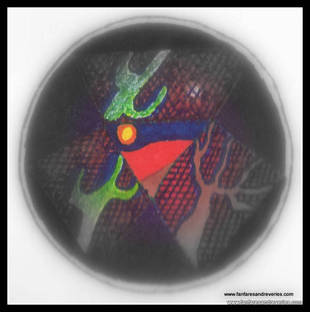 Image size 3" diameter, pen & ink, G. Tompkins Image size 3" diameter, pen & ink, G. Tompkins A Wilderness Journey & a Memorable Encounter Many years ago I drove from my home in Mesa to spend a day hiking in the Superstition Mountains at Lost Dutchman State Park, just north of Apache Junction, Arizona. It is a leisurely drive from where I live to the entrance of the Park, perhaps 30 to 40 minutes, with clear views all around and a rare majesty of the mountain/ desert interface on panoramic display. On this particular day I brought an Audubon Bird Call with me as well as some reading material, good hiking boots, comfortable clothing (safari style), a couple of snacks, plenty of water, and a nice cowboy hat to offer some shade from the hot desert sun. Early in the morning I started up the main trail and hiked a brief segment until I found a shady spot next to some palo verde trees and rock outcroppings. There I found a perfectly secluded spot where no one could see me and I could rest amidst the bounty of natural flora & fauna, taking delight in these extraordinary surroundings. A Startling Sound & A Brilliant Display As I became entirely comfortable in this desert hideaway, I began to read and to quietly mimic the sound of bird chirps through the use of the bird call. After a few minutes I suddenly became aware of a thundering sound and a delicate palpitation right next to my right eye and upper cheek. I thought for a moment that it was a very large bumble bee or honeybee and I just froze unable to move. This winged phenomenon was beating its wings wildly in an extraordinary manner, and I could hear it and feel it so distinctly, perhaps only 6 inches from my face. I turned my gaze ever so slightly toward this object and noticed very bright, iridescent colors, and a very long, slender and narrow bill. It was a beautiful hummingbird just hovering next to me, apparently attracted by the sound of the bird call and looking me over from cowboy hat to dusty boots! This moment only lasted a brief minute or two, yet I was so delighted and stunned to come that close to such a beautiful creature. The little fellow took off after a suitable inspection, allowing me to savor that spectacular chance meeting as a divine and cherished gift. The Audubon Bird Call The Audubon Bird Call was invented in 1947 by Roger Eddy, an author and member of the Connecticut State Legislature. This small device, just a couple of inches in length, is made of cast zinc (or other metal) and birch wood, made in Rhode Island and available from many specialty shops in either red or natural wood color. You can twist the metal knob and mimic the sounds of a host of different species of birds, from chirping sounds to song-like tweets. The wooden chamber may be treated with a bit of rosin (usually supplied by the manufacturer) in order to keep it at its best sound-producing capability. If kept dry and away from moisture or humidity, the bird call should last indefinitely and provide many hours of bird-watching enjoyment. Hummingbirds Hummingbirds are fascinating creatures to watch, with estimates of anywhere between 60 to 200 times per second of the flapping of their delicate wings. They experience a fast breathing rate, fast heartbeat, and high body temperature, can fly up to 60 miles per hour, are capable of incredible gyrations & mid-air maneuvers, and can live 5 to 6 years in the wild. There are some 320 species extant, covering a wide swath of geographical territory, often migrating appreciable distances. Their colors are fabulous in richness and vibrant in texture, shining in a spectacular manner, especially in the deserts of Arizona, a location noted for brilliant sunshine year round. Lost Dutchman State Park 40 miles east of Phoenix stands this remarkable sanctuary, nestled within the Sonoran Desert, featuring many trails which lead into the Superstition Wilderness and the Tonto National Forest. You can hike Siphon Draw Trail to the top of the Flatiron, an elevation of 4,800 feet, a height which affords a monumental view of the Valley below. At that elevation, Phoenix looks like a city made of toy blocks perhaps one quarter inch high along the distant horizon, and Mesa and Apache Junction fan out in dazzling array as far as the eye can see. Mule deer, coyote, javelina, jackrabbit, desert quail, and cactus wren populate the landscape here, with hiking trails and nature trails adding to the convenience of 72 campsites within the perimeter of the Park. The name "Superstition Wilderness" was apparently inspired by Pima Indian legends, and one may still find evidence of cliff dwellings and caves in this area. Salado or Hohokam Indians may have populated this landscape 100's of years ago, with Pimas, Apaches and Yavapais living here subsequently. In the 1800's this area became an Apache stronghold. In the 1840's the Peralta family of northern Mexico produced a gold mine here. In the 1870's Jacob Waltz and his partner Jacob Weiser apparently located the mine, but kept its location a well-guarded secret. After Waltz died in 1891, no one was ever able to find the exact location of "The Dutchman's" lost mine. |
Author
|
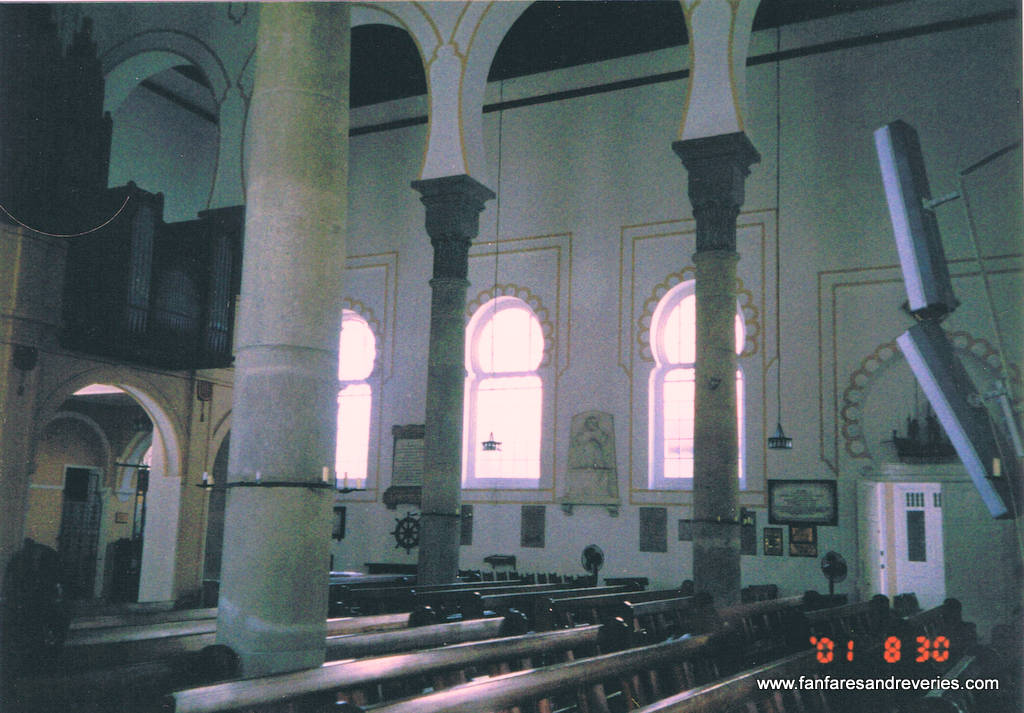
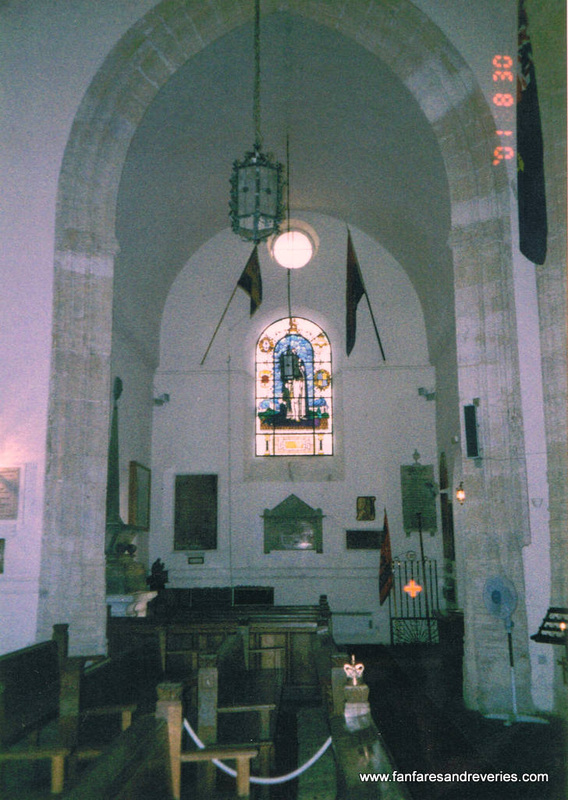
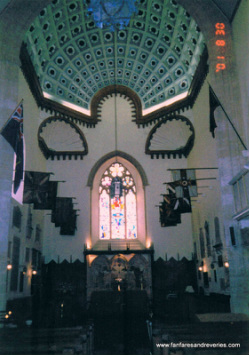
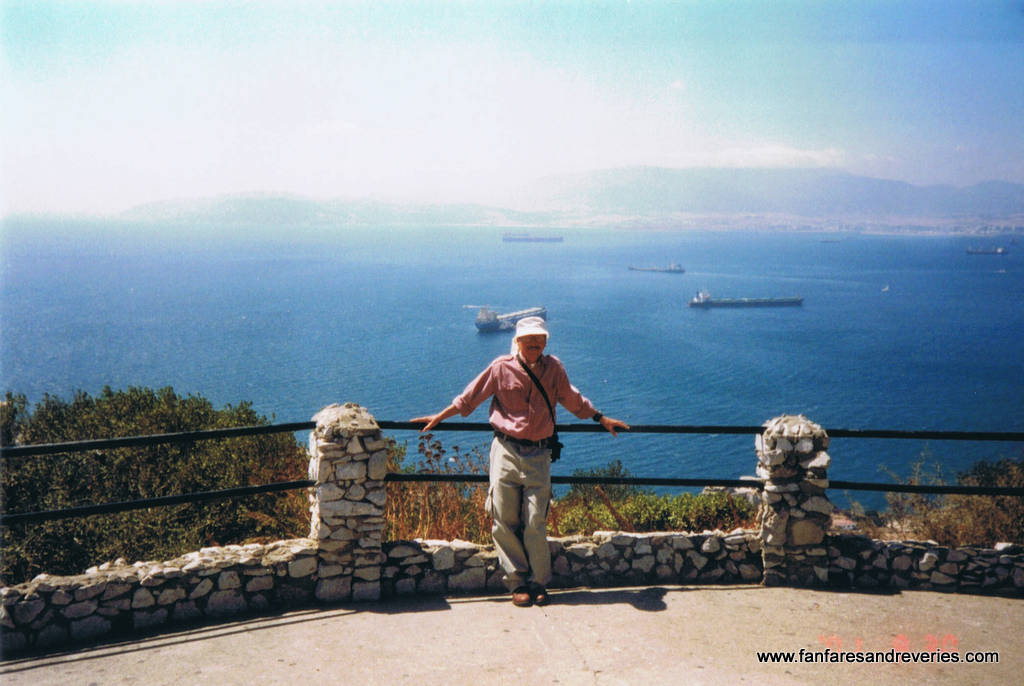
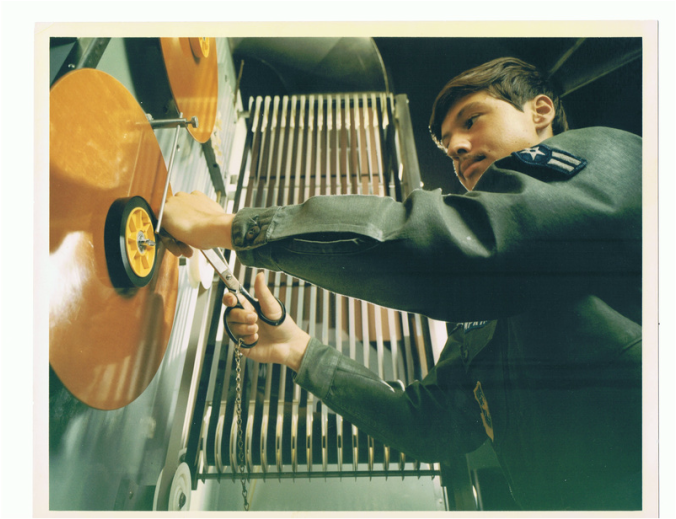
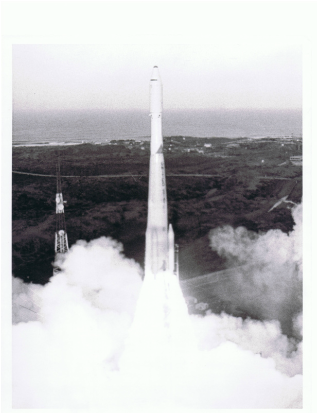
 RSS Feed
RSS Feed